New development in Niseko sees strong sales
Sales in a new resort project in Niseko are off to a strong start with all villa lots sold. ‘Intuition’ is a condo-hotel and holiday home resort development by Hong Kong developer Zekkei Properties.
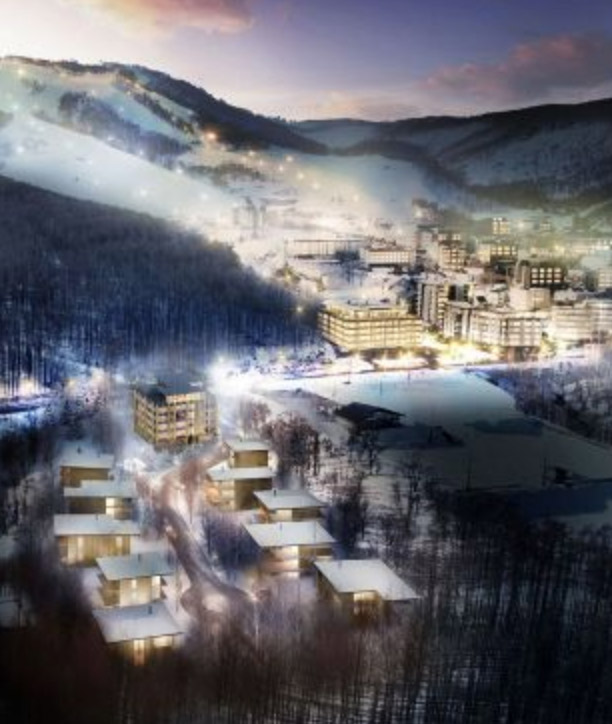
Proposed law could allow the forced sale of abandoned land
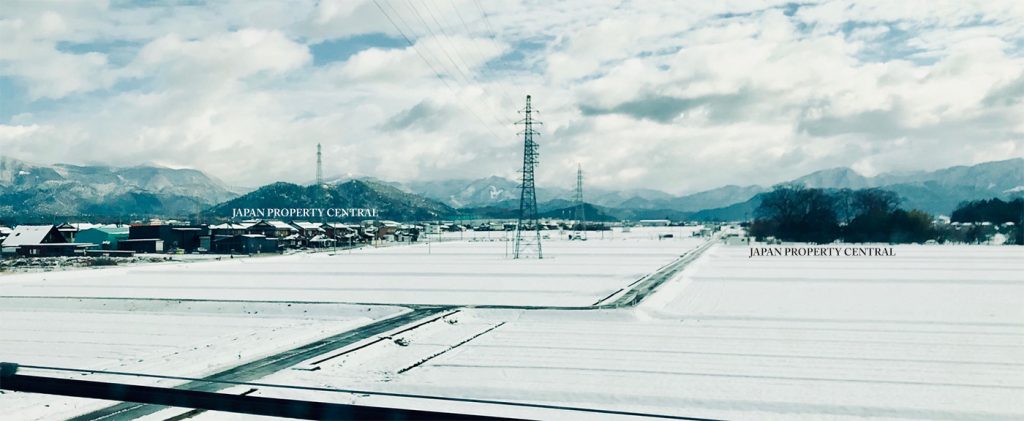
On February 22, the Cabinet approved a bill that will allow land with unidentifiable owners to be forcibly sold off by a court-appointed trustee, thereby helping to free up some of the vast swaths of idle land across the country with missing owners.
Regional residential land prices increase for first time since 1992

Something that is on every local investor and real estate agent’s calendar is the announcement of the koji-chika assessed land prices by the Ministry of Land, Infrastructure, Transport and Tourism (MLIT). This year’s results came as no surprise to those in the industry, with average land prices increasing for the fourth year in a row. A 1.2% increase nationwide was reported in 2019, a 0.5 point increase from 2018.
Liquefaction in Sapporo caused by poor soil conditions
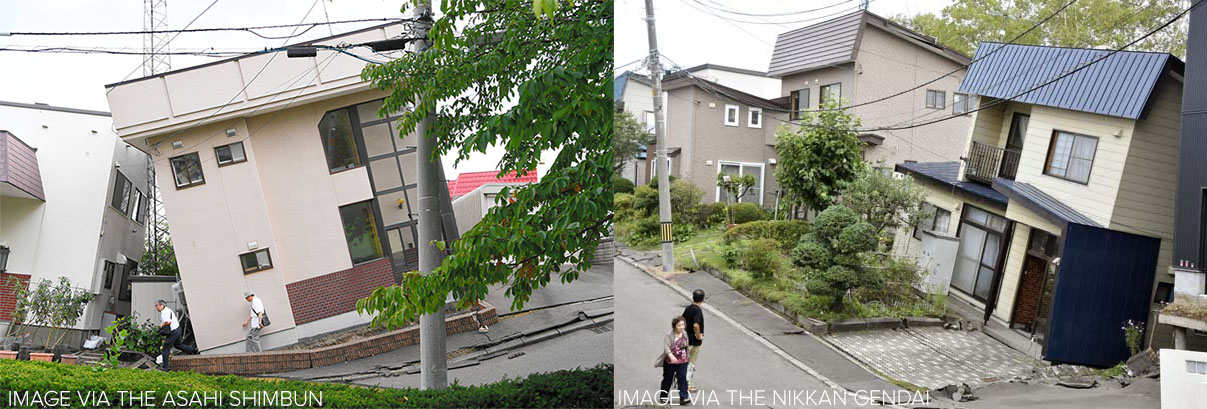
The September 2018 Hokkaido Iburi Earthquake resulted in severe liquefaction in part of Sapporo’s Kiyota Ward, leaving roads caved in and homes leaning at dangerous angles. As of October 3, as many as 1,452 homes had suffered damage in Kiyota Ward. This wasn’t the first instance for the neighborhood with liquefaction observed during the 2003 Hokkaido Earthquake which had an epicenter 300 kilometers away. The liquefaction hazard map issued by the city had previously designated this area as being of high risk for liquefaction damage.
Japan land prices increase in 95% of locations, beating previous record
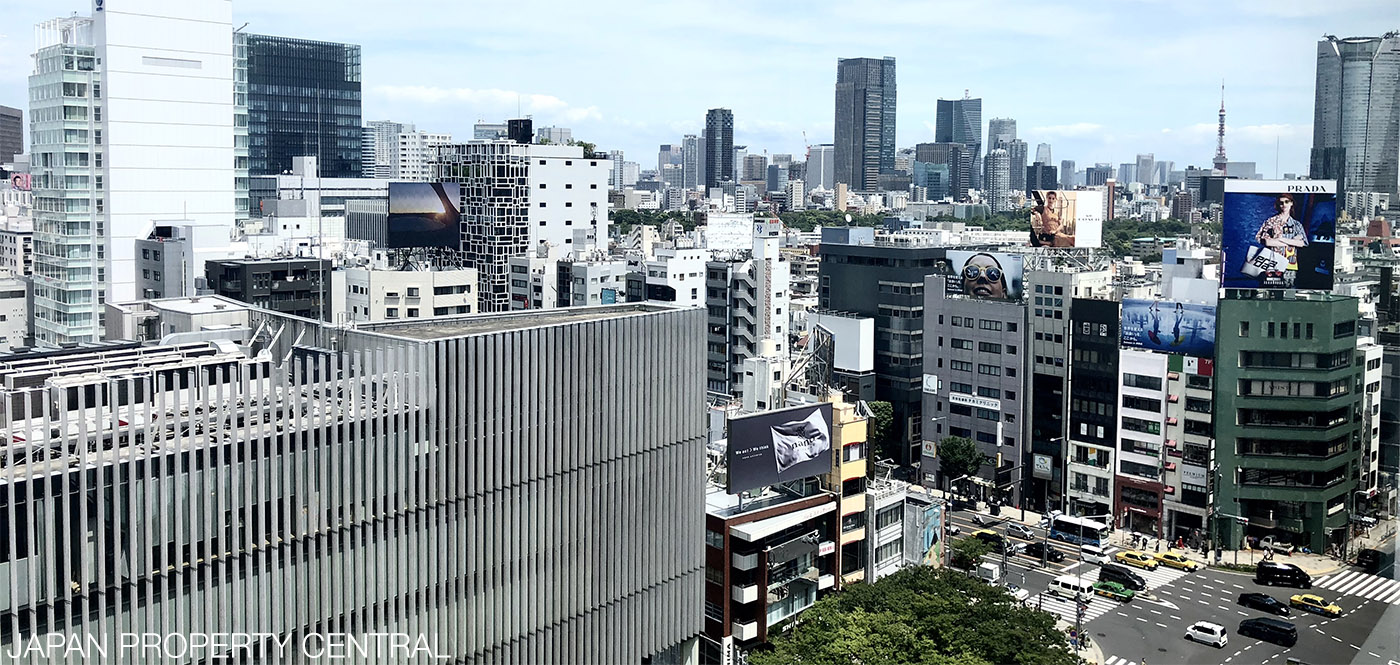
According to the quarterly LOOK Report published by the Ministry of Land, Infrastructure, Transport and Tourism (MLIT), land prices in Japan’s major cities in the second quarter of 2018 have increased in 95 of the 100 surveyed locations. This is the highest share in the history of reporting, beating a previous record of 91 locations seen in the previous quarter.
A gradual trend of land price growth continues across major cities. In particular, commercial land around transport hubs in regional centers has seen land prices go from no movement to a slight increase. In Tokyo, residential land prices in Bancho, Tsukuda / Tsukishima and Kichijoji have also shifted to an increasing trend.Read more
Government approves new law to deal with abandoned land issue

On June 6 Japan's House of Councilors approved a new act concerning the use of abandoned land. The new law will go into effect from June 2019.
This law will grant local municipalities, private corporations and non-profits the right to use idle land for up to 10 years. This applies to land where the owners are unknown or cannot be contacted. If the owners make themselves known and object to the use of their land, the land will be returned to them at the end of the 10 year term. If the owners do not object, the term may be renewed.Read more
Rosenka land values increase nationwide for 3rd year in a row
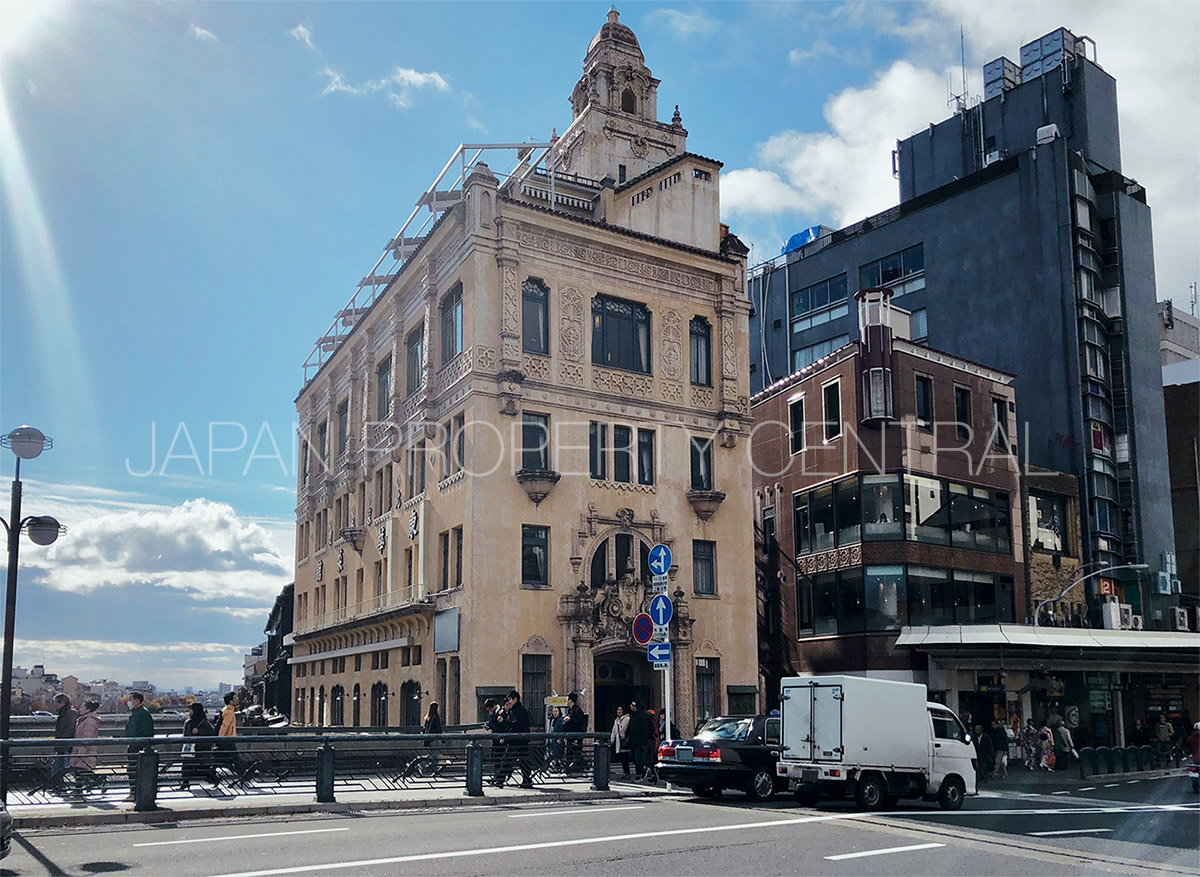
This year, Japan’s nationwide rosenka land values increased for the third year in a row with an annual rate of growth of 0.7%. The rate of growth has increased from 2017 which saw 0.4% and 2016 with 0.2%.
The Tokyo metropolitan area saw a 4.0% increase, up from a 3.2% increase seen in 2017. Kyoto Prefecture saw a 2.2% increase and Osaka saw a 1.4% increase. A total of 18 prefectures saw an overall increase in land values in 2018, up from 13 prefectures in 2017. Total real estate transactions by listed companies in 2017 reached 5 trillion Yen (approx. 45 billion USD), up 20% from 2016 and the third highest annual volume in history.Read more
